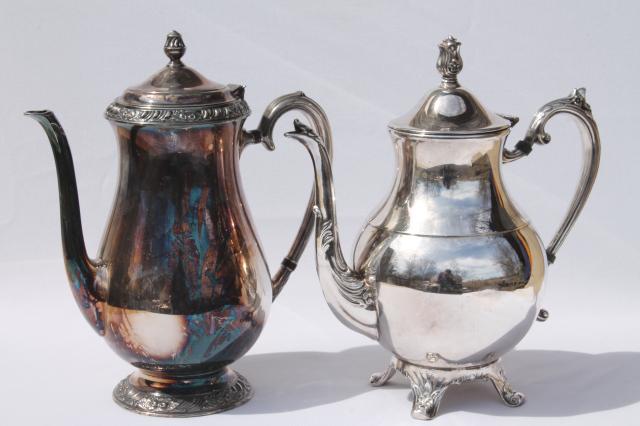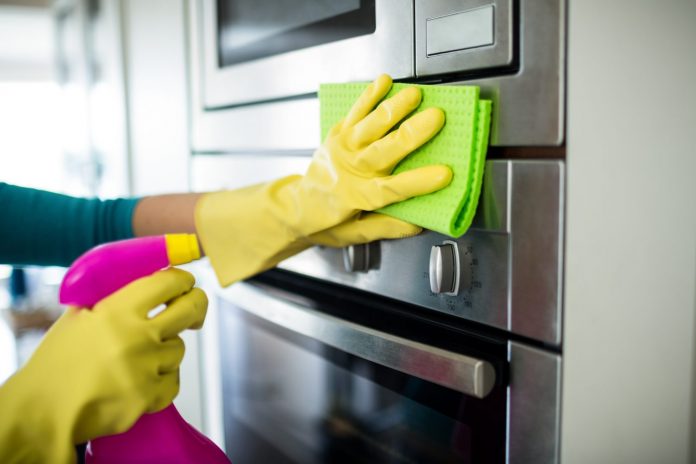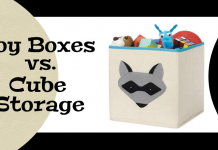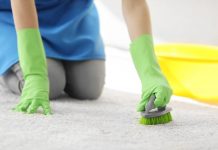From cleaning to safety, here are a few things that can make your life a little easier…
There’s nothing more frightening than removing a stuck or worse, broken, light bulb. You can’t be blamed for being apprehensive, nobody wants an electric shock! It may look inert, but don’t trust it. Naturally the first thing you need to do is to disconnect it from its source of power. Next, since you don’t want the thing to shatter while you’re applying pressure in order to unscrew it, wear thick gloves. Also don’t forget your eye protection! You never know – a tiny shard of glass could fly into your cornea. Gently wiggle the bulb and try to 
loosen its base. If it’s still no use, place a cloth over it and break it off with the interior filament. Insert a rubber jar opener into the base and slowly twist counterclockwise. It may take a couple of tries but you should be successful. Wipe the socket with a dry cloth before replacing the bulb.
Sometimes the simplest of solutions are the last we think of. For instance, when cleaning your toilet tank, don’t be surprised by the sand and debris you find, it may accumulate so heavily that it can have an adverse effect on the handle/flapper’s functionality. You might be tempted to go in there and get to work. It will make your job much easier if you turn the water off at the base first. Then, flush the toilet and empty the tank. Now you may proceed uninhibited by concerns of spilling. Simply wipe the interior out with paper towels and you’re done!
Sure we know that the dishwasher washes the dishes, but what washes the dishwasher? (Did I just invent a tongue-twister?) The answer is – YOU! Even the inside of a dishwasher accumulates grime and slime. It is time for an inspection. Check the reservoir and drain hose (that’s where grease and food get trapped). Push a sponge in there to absorb as much of the dirt as possible. You may need to repeat, so gobs of paper towels could suffice. Top off the endeavor by pouring several cups of vinegar into the bottom and run a cycle. You’ll be glad you did!
You’ve heard the claim, that you can clean silver with a common household product – toothpaste. But is it true? It is! But you must be very careful. Although toothpaste will remove tarnish it is so abrasive to the surface that it must be used extremely conservatively. First, moisten the silver and gently rub the paste in with your finger before rinsing with warm water. Use a soft clean cloth to dry. Be mindful not to use toothpaste designed for tartar control or whitening.
If you live in a nicer home you likely host some marble, in the bathroom or kitchen. But do you know how to clean it? Sure, it looks great but it may also damage easily. It can be scratched by grit and it can actually absorb moisture, so be certain to mop up any spills immediately. Maintain it by using a soft cloth or sponge and clean with a mild solution. Do not use acidic cleaners like lemon or vinegar (they can eat into the marble!). Tin oxide is a good marble polishing powder that may be used to remove stains.
Sometimes it’s the littlest things that bug us the most – insignificant annoyances that aren’t easy to resolve. Fuzz balls on your towels, for instance. Sure it’s almost laughable, but they can be a bit of a pain. They are caused by the abrasion that occurs during washing and drying and are left clinging to your cotton towels. Here’s the easy solution – place a large piece of nylon netting in the dryer along with the towels, this will make the fuzz fall off. You can avoid this step, however, by buying towels made of “combed cotton”. It is made of the longest length of fibers that are not looped and do not break easily, thereby producing no fuzz.
Perhaps one of the biggest challenges to face mankind is that if our clothes aren’t drying fast enough. Whether we’re running late for work or a big date, we keep checking on our clothes in the dryer only to find that they’re still wet! It’s inhumane! You’ll be surprised by the ease in which you may have your clothes dry faster – by simply throwing in a completely dry towel into the mix of wet clothes!
We hope at least one of these tips hit close to home for you, and that you’ve found them helpful. Sometimes thinking out of the box – with safety first – presents the best solutions to the trickiest problems!









